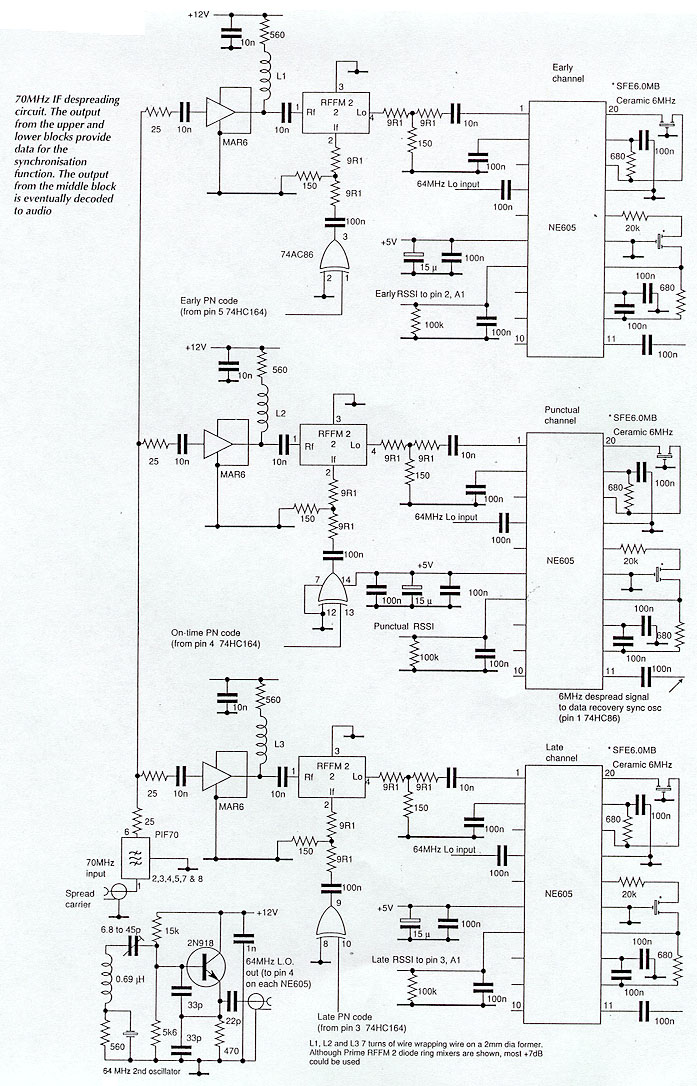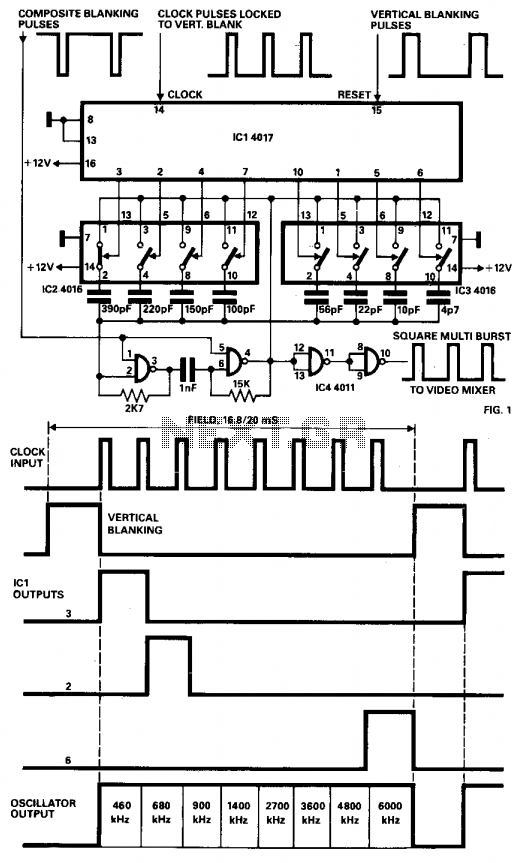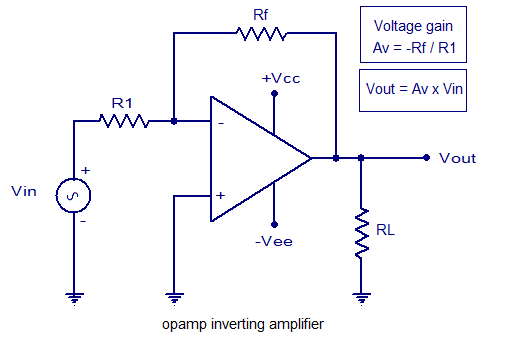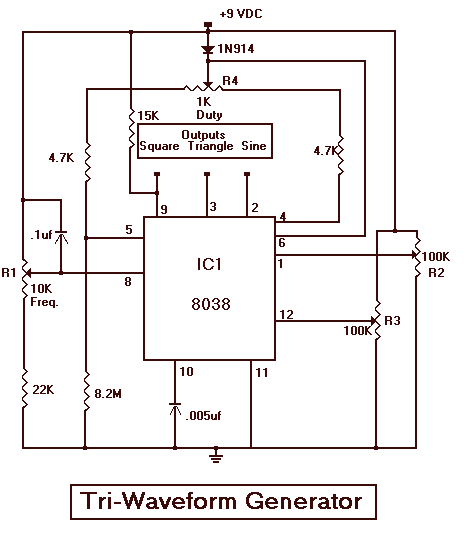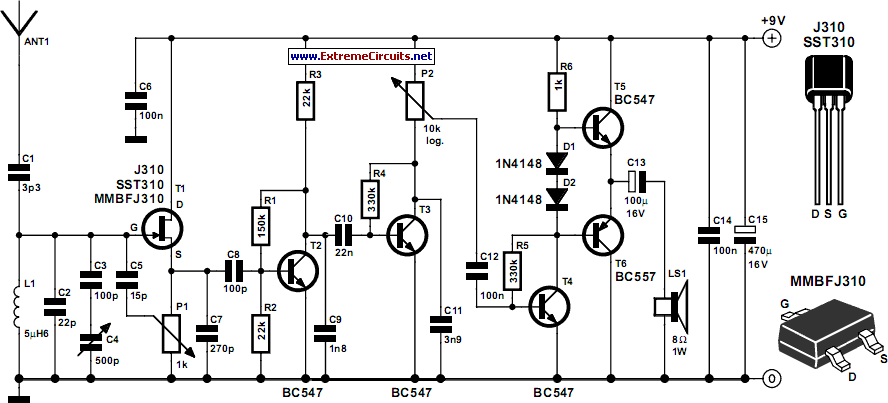
Short wave radio for PC
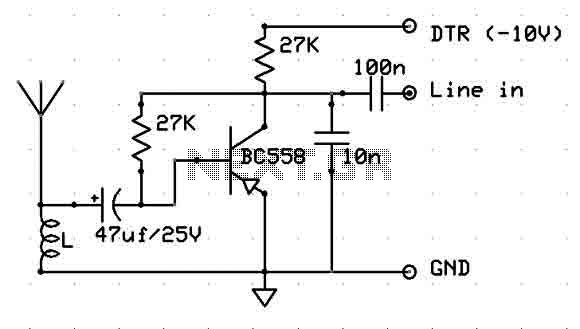
This inexpensive circuit is capable of receiving signals in the frequency range of 6 to 17 MHz (49 to 19 meters). A separate power supply is not required; simply connect it to a PC, place the antenna within your home piping network, and it is ready for use. The coil, labeled L, consists of two levels with 15 turns on each level. A pencil can be used to shape it. The antenna should be longer than 6 meters.
The described circuit operates as a simple yet effective radio receiver, utilizing a straightforward design that capitalizes on the properties of inductance and resonance. The frequency range of 6 to 17 MHz encompasses various amateur radio bands, making this circuit suitable for a variety of applications, including shortwave listening and amateur radio experimentation.
To construct the coil L, it is advisable to use a non-conductive cylindrical object, such as a pencil, to ensure that the coil maintains its shape and achieves the desired inductance. The configuration of 15 turns per level results in a total of 30 turns, which enhances the coil's ability to resonate at the target frequencies. Proper winding techniques should be employed to reduce stray capacitance and maintain the coil's performance.
The antenna plays a crucial role in the circuit's ability to receive signals effectively. A length greater than 6 meters is recommended to ensure optimal performance, as longer antennas can capture more of the electromagnetic waves present in the air. The connection to the home piping network serves as a ground plane, which aids in signal reception and improves the overall efficiency of the circuit.
The absence of a separate power supply simplifies the setup, making it accessible for hobbyists and beginners. By connecting the circuit to a PC, the power required for operation is drawn directly from the computer, eliminating the need for additional components or batteries. This feature enhances portability and ease of use.
Overall, this circuit exemplifies a practical approach to radio signal reception, leveraging simple components and design principles to achieve functionality within the specified frequency range.This Cheap circuit will amaze you with its wide range recieving signal between 6 and 17Mhz (49-19meters). Power supply is not necesery, just connect it to your pc, place the antena to your home piping network and voila!
Coil L is double level, from 15 turns each level. Use a pencil to form it. Antenna should be more than 6 meters long.
The described circuit operates as a simple yet effective radio receiver, utilizing a straightforward design that capitalizes on the properties of inductance and resonance. The frequency range of 6 to 17 MHz encompasses various amateur radio bands, making this circuit suitable for a variety of applications, including shortwave listening and amateur radio experimentation.
To construct the coil L, it is advisable to use a non-conductive cylindrical object, such as a pencil, to ensure that the coil maintains its shape and achieves the desired inductance. The configuration of 15 turns per level results in a total of 30 turns, which enhances the coil's ability to resonate at the target frequencies. Proper winding techniques should be employed to reduce stray capacitance and maintain the coil's performance.
The antenna plays a crucial role in the circuit's ability to receive signals effectively. A length greater than 6 meters is recommended to ensure optimal performance, as longer antennas can capture more of the electromagnetic waves present in the air. The connection to the home piping network serves as a ground plane, which aids in signal reception and improves the overall efficiency of the circuit.
The absence of a separate power supply simplifies the setup, making it accessible for hobbyists and beginners. By connecting the circuit to a PC, the power required for operation is drawn directly from the computer, eliminating the need for additional components or batteries. This feature enhances portability and ease of use.
Overall, this circuit exemplifies a practical approach to radio signal reception, leveraging simple components and design principles to achieve functionality within the specified frequency range.This Cheap circuit will amaze you with its wide range recieving signal between 6 and 17Mhz (49-19meters). Power supply is not necesery, just connect it to your pc, place the antena to your home piping network and voila!
Coil L is double level, from 15 turns each level. Use a pencil to form it. Antenna should be more than 6 meters long.

